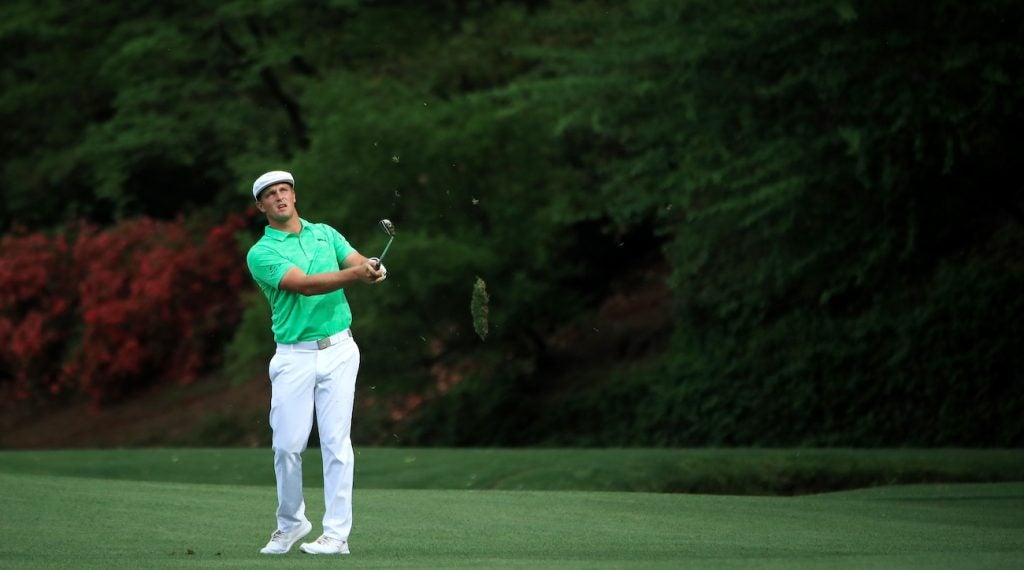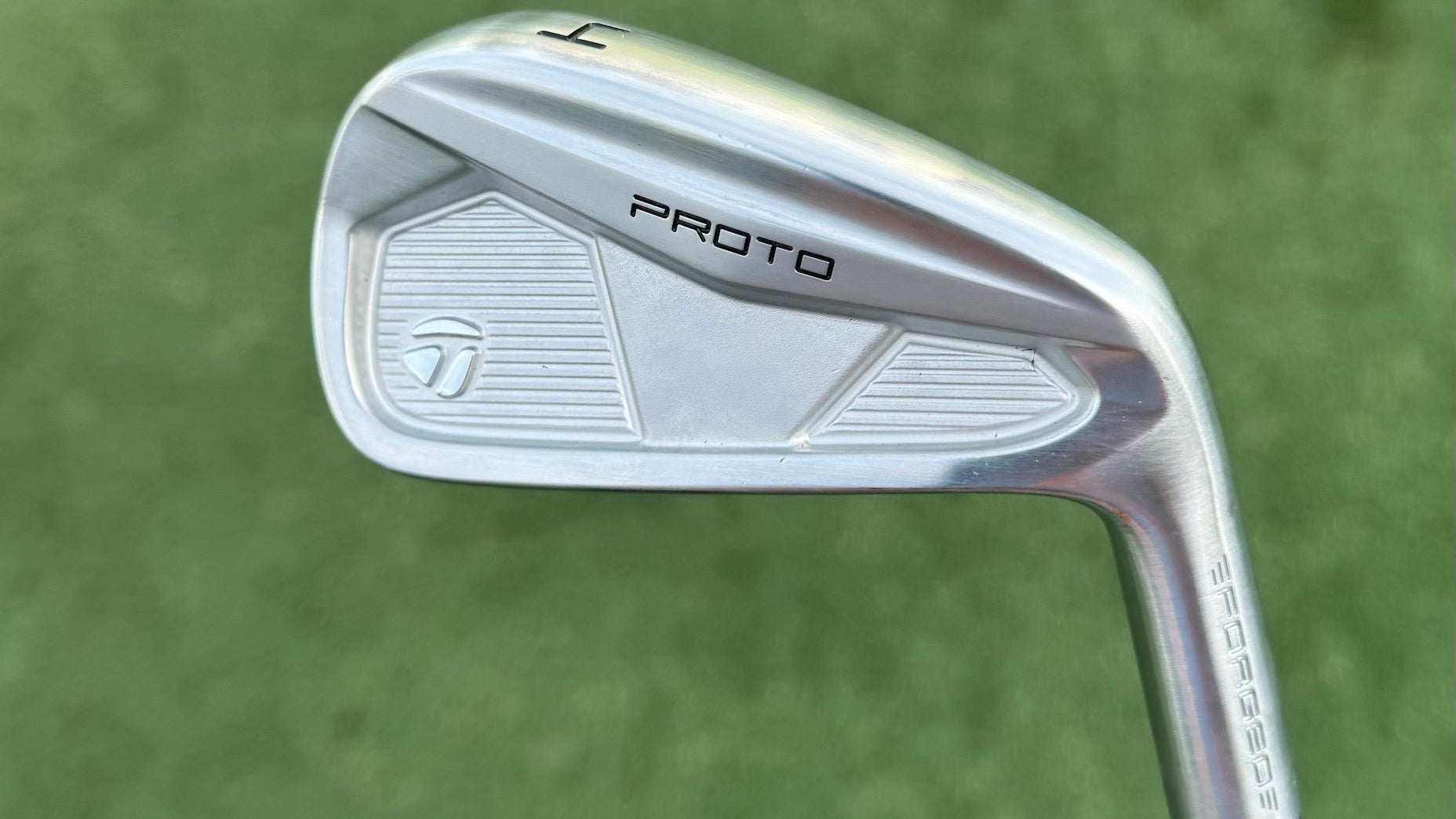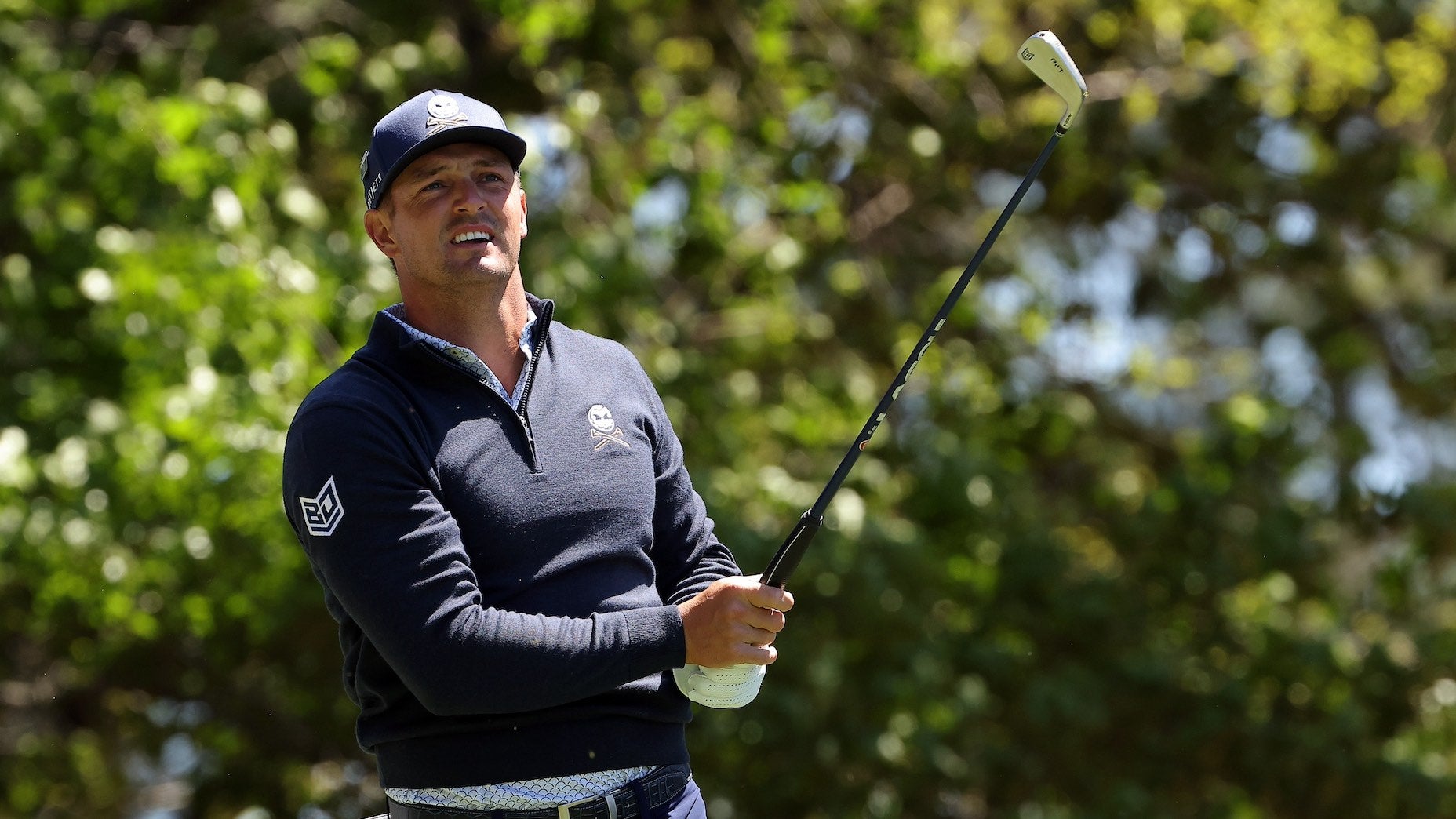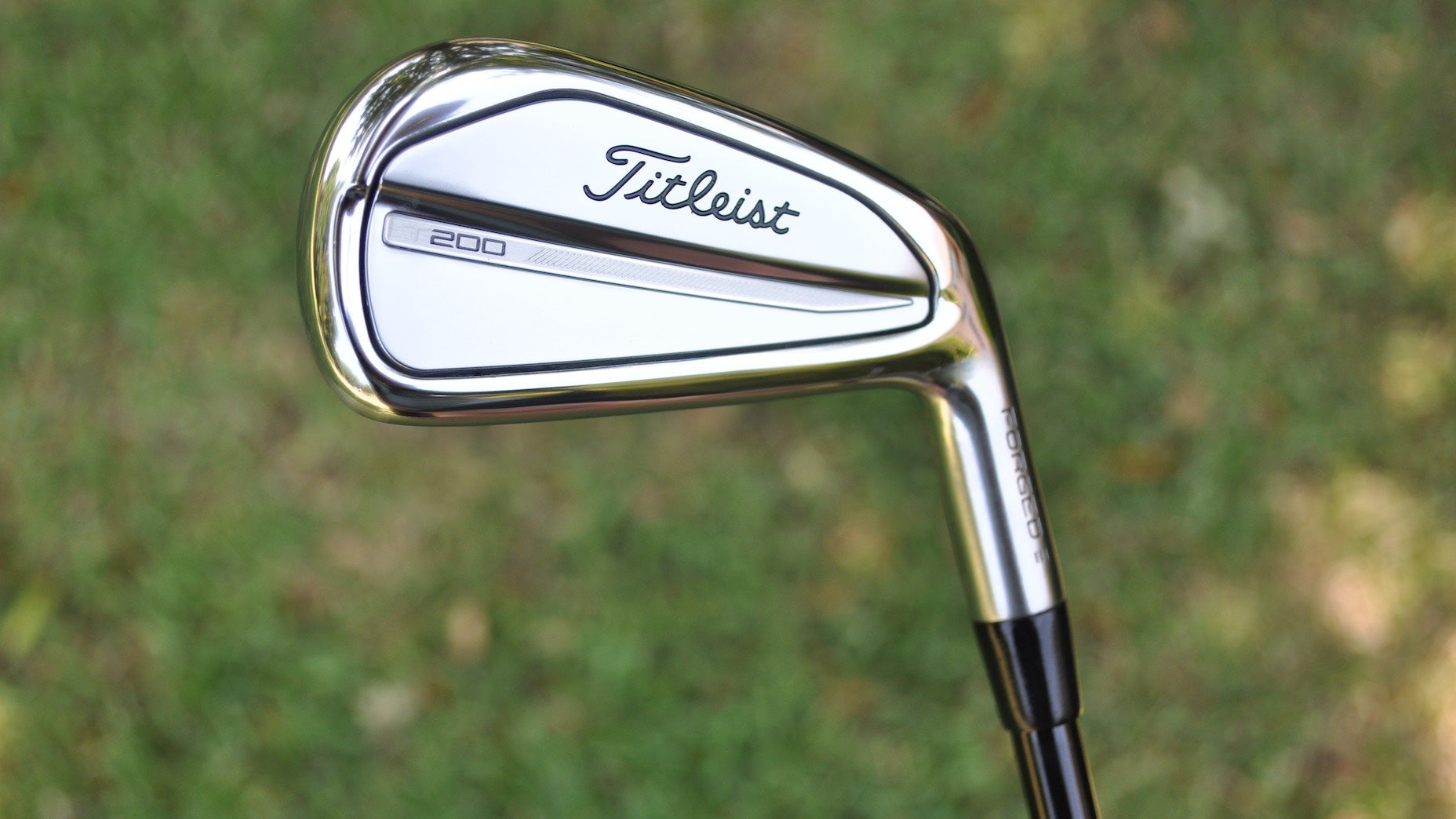AUGUSTA, Ga. — Bryson DeChambeau is accustomed to spending an inordinate amount of time on the practice range. The process never sleeps, and neither, apparently, does DeChambeau, who was the only player on the practice range in the gloaming as he reassessed his opening round with caddie Tim Tucker and Cobra Tour rep Ben Schomin.
To be honest, DeChambeau didn’t need to hit an extra bag of balls to work out the kinks. Thursday’s 6-under 66 at the Masters, which featured six birdies on the back nine, confirmed “The Golfing Scientist” would be in the discussion at Augusta National — something DeChambeau wasn’t even sure was possible until last week when he met Schomin at Dallas National Golf Club for a pre-Masters cram session.
Rewind the tape to the end of last year and you could argue that, outside of Brooks Koepka, DeChambeau was the best player on the planet. He won the first two events during the PGA Tour’s FedEx Cup playoffs and opened 2019 with victories in Las Vegas and Dubai. He was cruising.
And then he hit the skids.
DeChambeau suddenly went from hoisting trophies and cashing top-10 checks to finishing no better than T20 in his last three stroke-play starts. Every pro is entitled to an off week or two, but DeChambeau felt something was amiss.
“Everybody was like, well, is the one length — it’s not,” DeChambeau said, dismissing the idea his one-length irons were the problem. “It’s something else that we were missing. And so last week I said I’m going to stay here at Dallas National until I figure out what it is on this gear system.”
DeChambeau is a grinder on the range. It’s not uncommon for him to spend an entire morning on the practice green with his Quintic putting system or make multiple trips to the driving range on a tournament day. But last Wednesday’s range session was on a completely different level.
DeChambeau wouldn’t leave until he had an answer, so he and Schomin got comfortable, working their way through his wedge issues — a part of DeChambeau’s game that was rock-solid last year when he ranked 12th in strokes gained: approach-the-green — during a 14-hour session.
“I stayed there for 14 hours on Wednesday hitting 125 shots out there on this system trying to figure out what was happening with the wedges,” said DeChambeau, who ranked 73rd in strokes gained: approach-the-green entering the week, “[W]e knew it was something in regards to the spin, loft, curve and us being on the wrong side of the spin, loft curve, but we didn’t understand how to get it back on the correct side.”
In an effort to gain more consistency with his wedges, Schomin and DeChambeau tested different head weights — some of them 300 grams instead of the 275 grams he had been using — with lighter JumboMax prototype grips, made from a hard foam instead of rubber, but the new club builds didn’t feel the same or solve the issue.

That’s when the two started looking at shafts. DeChambeau plays True Temper’s Dynamic Gold X7 in his irons and wedges, better known as the stiffest shaft the company produces. It’s so stiff, in fact, only a handful of players in professional golf are able to benefit from the profile.
With DeChambeau already altering known equipment variables, he decided to try a softer True Temper Dynamic Gold S400 shaft profile — and something immediately clicked, producing the feel and consistency he was looking for. The results were so good, he wound up adding the shaft to his wedges and Cobra Forged One Length irons (6-PW).
“I’ve had some disadvantages with a couple of the irons I’ve had for a little bit, and just being able to practice and getting comfortable and seeing the ball flights come out the proper way for the first time ever in my life is pretty cool,” he said.
“I’ve been fortunate to win a lot of tournaments using the equipment that I’ve had so far and it’s been great, and by no means is it bad at all, but there’s always that little bit of room for improvement. So we’ve been working quite heavily this past week in trying to figure out some things that could give me an advantage this week.”
The advantages were on display during the first round, particularly on the back nine, where DeChambeau started throwing darts, coming within inches of an ace on the par-3 16th and a hole-out from the fairway on 18.
It’s impossible to determine someone’s fate at Augusta National based solely on one round, but in a sport where lengthy range work and equipment changes can be validated in one afternoon, DeChambeau saw it all come together on Thursday. All it took was a 14-hour equipment cram session to get there.
To receive GOLF’s all-new newsletters, subscribe for free here.








